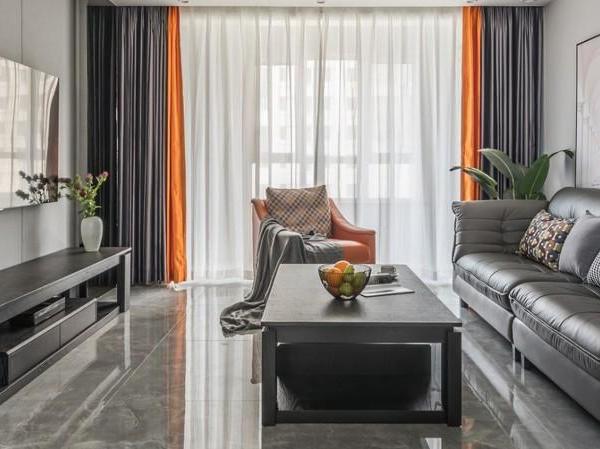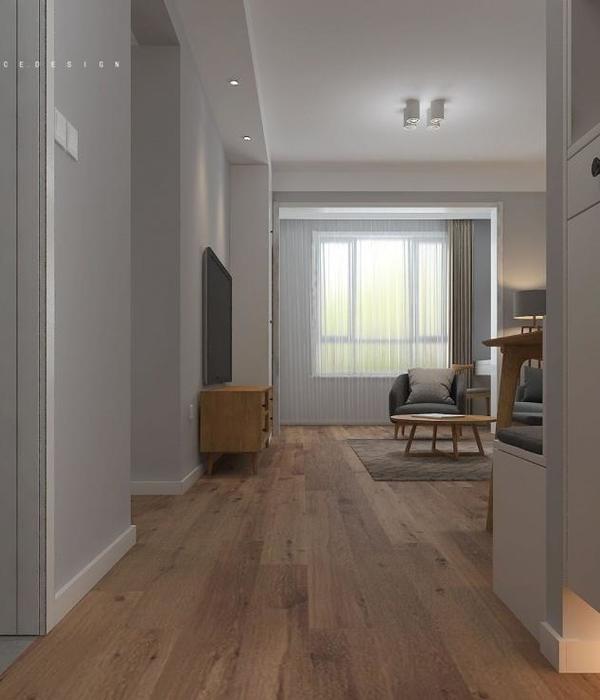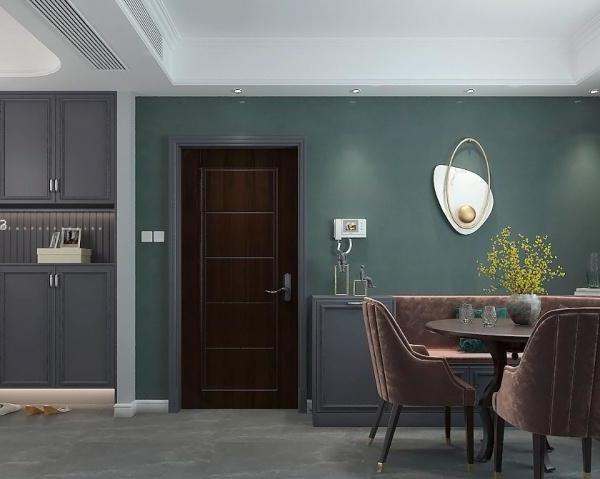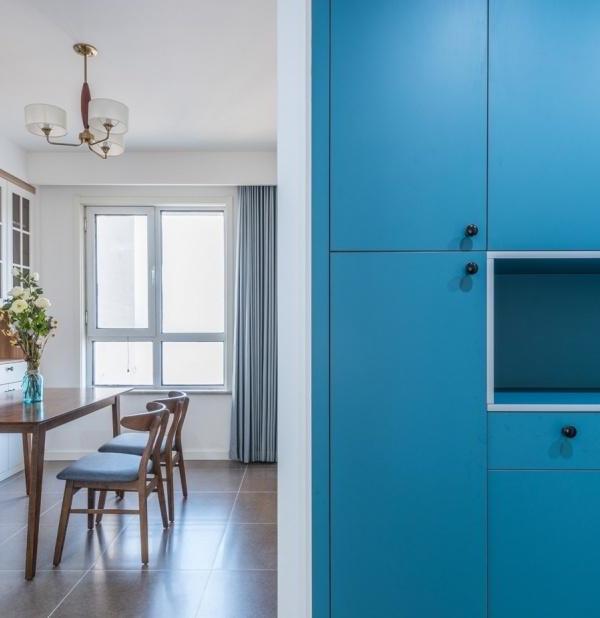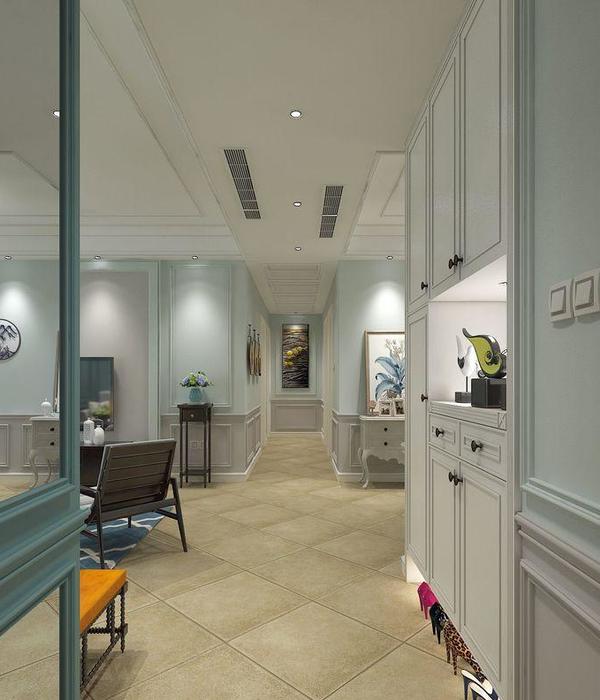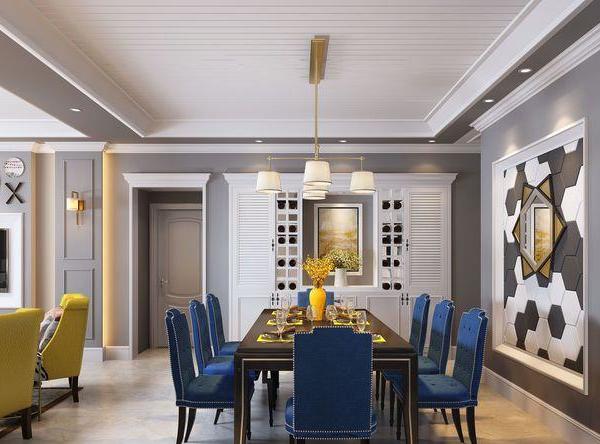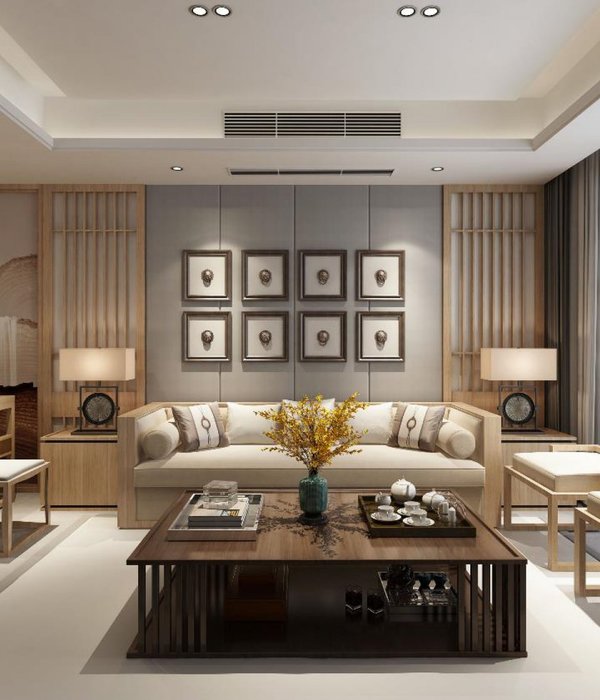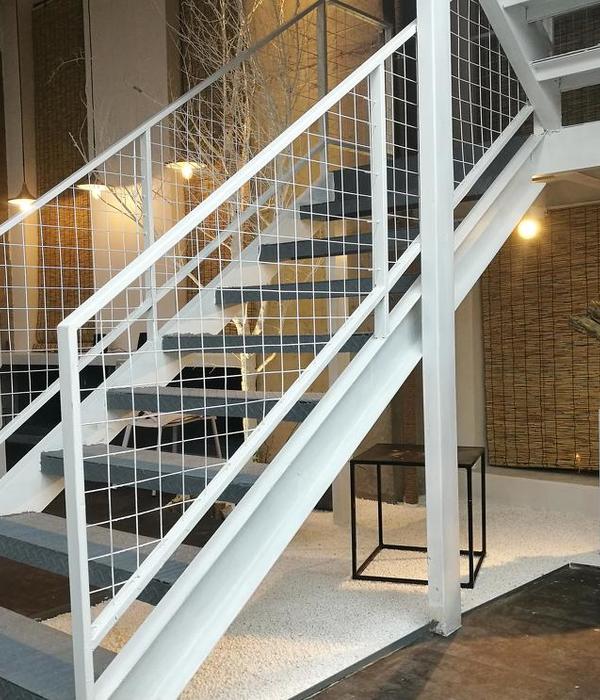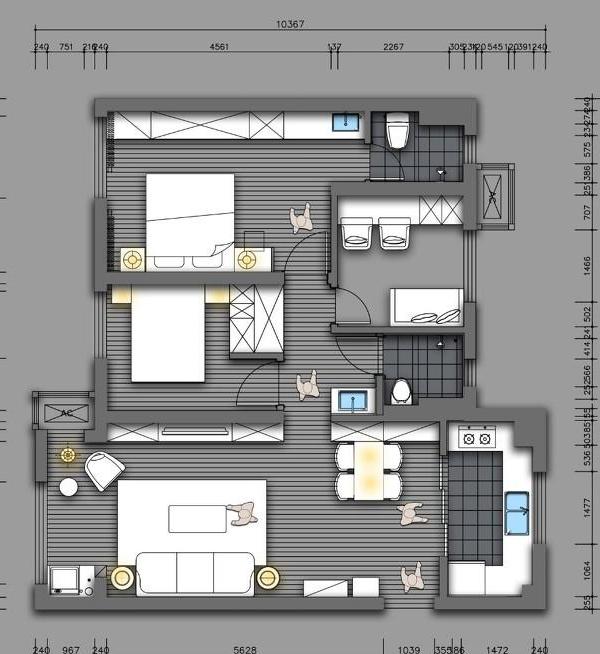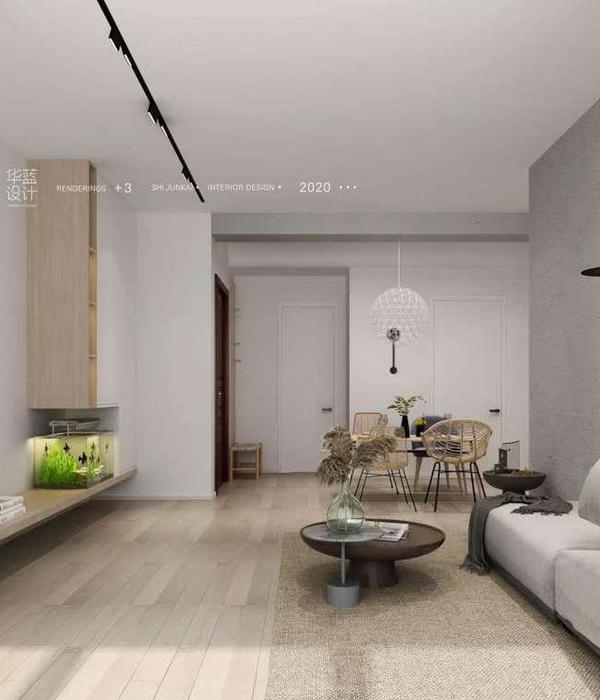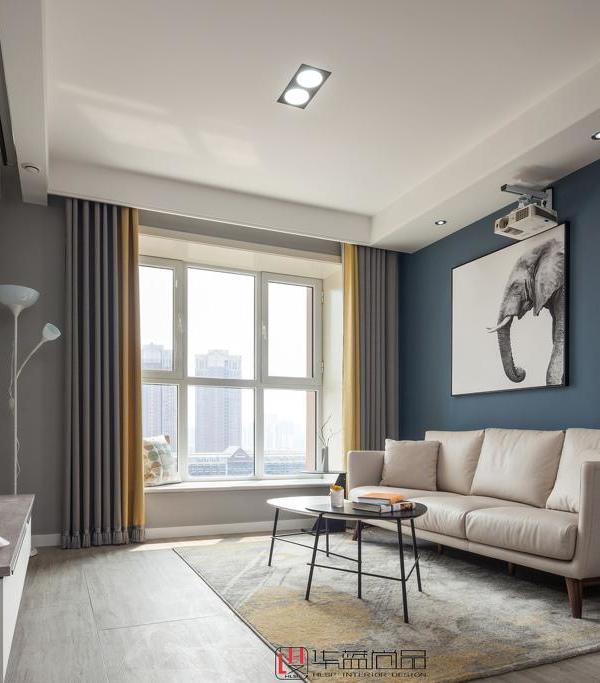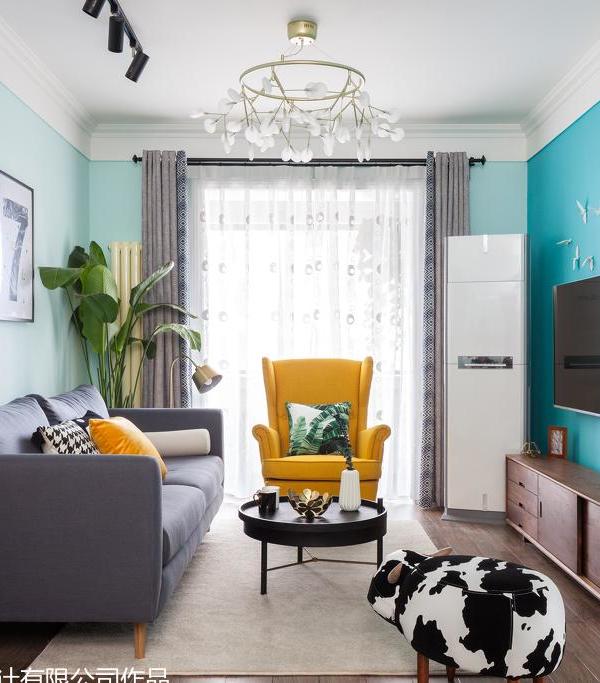来自
ASLA
Lower Rainier Vista & Pedestrian Land Bridge by
GGN
项目概述
PROJECT STATEMENT
华盛顿大学的下雷尼尔维斯塔项目(Lower Rainier Vista Project)扩展并完善了奥姆斯特德兄弟的历史愿景:在众多交通模式的交汇地带建立一条具有重要意义的校园轴线。设计方案延续了学院哥特风格,并利用维斯塔层次丰富的地貌来框选视野、整合现代基础设施并提供新的ADA连接。一座新建的陆桥同时服务于行人、骑行者、公交和汽车,在新修的赫斯基体育场轻轨车站、华盛顿大学医学中心站以及校园中心之间建立了多模式的交通连接。
The University of Washington’s Lower Rainier Vista Project extends and completes the Olmsted Brothers’ historic vision for a monumental campus axis within the intersection of many transportation modes. The design references Collegiate Gothic forms and uses fine-tuned grading of the Vista to frame views, integrate modern infrastructure, and provide new ADA connections. A new land bridge facilitates multimodal integration of pedestrians, cyclists, buses, and automobiles between the new light rail station at Husky Stadium, the University of Washington Medical Center, and the University campus heart.
▲场地演变:奥姆斯特德兄弟的原始规划并未涉及到轴线端点以外的区域。经过一个世纪的城市发展,该区域由于没有正式的校园入口而逐渐变得孤立。新轻轨铁路的修建为该区域的重新设计提供了契机。Site Evolution: The Olmsted Brothers’ original plan did not address the land beyond the end of the axis. After a century of urban growth, this area became isolated without a formal campus gateway. A new light rail station prompted a redesign.
项目说明
PROJECT NARRATIVE
西雅图华盛顿大学的雷尼尔维斯塔起初被设计为1904年阿拉斯加-育空-太平洋博览会的轴心场地。由于连接了既有校园的半圆形平面和雷尼尔山的美景,半英里长的雷尼尔维斯塔很快就成为了这座西海岸大学与壮丽自然景观之间的标志性的存在。
在之后近一个世纪的城市发展和基础建设过程中,雷尼尔维斯塔作为校园门户和休闲场所的地位日益受到挑战。维斯塔的南侧(或者说“下部”)修建了一个地下停车场,加上周围主干道的扩张,导致校园的边界成为了一个大部分空置的、被车辆占据的场所。
完善维斯塔的契机产生于修建区域新轻轨站的计划。下雷尼尔维斯塔项目的构想是将新的轻轨枢纽与巴士、自行车和步行路线通过历史轴线与校园连接起来。五个政府机构合作推动了该设计的实现,包括华盛顿大学、华盛顿州交通运输部、海湾运输公司( Sound Transit)、金县地铁运输公司(King County Metro Transit)以及西雅图交通运输部。在为期五年的设计过程中,设计团队以“恢复维斯塔轴线”为不变的出发点,对多种类型的复杂空间与政策上的优先次序进行了系统性的编排,旨在重新建立维斯塔原有的宏伟景观和体验。如今的维斯塔已经成为同时服务于步行者、轻轨、巴士、骑行者和汽车的、结合了多种现代化设施的全新纽带。
设计团队充分利用项目的巨大规模重新创建了下雷尼尔维斯塔的轴线,使其成为景观中最显著的“物体”。该轴线借助一座陆桥延伸至主要的巴士路线上方,在校园的南部形成稳固的存在。同时,它还为到达轻轨站的骑行者和行人提供了交汇的地点(另一部分骑行者来自于西雅图的基础道路)。为了实现流畅的陆桥步行体验,原本将维斯塔一分为二的公路被降低了20英尺,车道的新侧面采用了以当地矿场碎石填充的石笼墙来传达“切割土地”的意味。桥梁主体呈现为简洁的沙漏形状,回溯了大学早期建筑的哥特复兴(Gothic Revival)历史,同时还能够为从狭窄中心下方经过的公共汽车提供畅行的空间。
沿维斯塔的地形缓缓倾斜的新草坪成为了通往大学的“前廊”:一个用于集会、休闲和举办活动的场所,通过路径和小型广场将维斯塔与周边环境连接起来。草坪和维斯塔的层级变化创造出一种错觉,使远处的喷泉看上去比实际距离近,并且谨慎地利用水平元素掩盖了蒙特雷克林荫道(Montlake Boulevard)上的交通,使雷尼尔山的关键景观得以显露。在史蒂文斯路(Stevens Way)和陆桥之间,场地的坡度巧妙地塑造了“半岛”和“碗状空间”,在创造了丰富体验的同时也鼓励了位于轴线上的各种活动。
本地植物的分布位置经过了仔细调整,以适应既有地下车库造成的荷载限制,同时将下雷尼尔维斯塔的景观融入到更广阔的校园乃至远处的雷尼尔山的自然环境当中。高大的古树在施工期间得到了小心保护,并构成了轴线的森林框架。新的树木也被种植以保证未来的生态延续。维斯塔的南端需要种植能够适应阳光直射的树木,新生的树冠将在未来变得更加繁茂。
设计通过一系列照明、装饰以及维护策略,谨慎地保留了维斯塔开放和整洁的空间体验。简洁的预制混凝土长椅相互对齐带来集会空间;环境光强度经过了经过专门计算,保证了夜晚不会出现过强的光照;灯光设计包括与后方树林形成呼应的高杆灯和隐藏的倾斜轨道光源,后者既能够照亮道路表面,又能将陆桥弯曲的轮廓勾勒出来。
下雷尼尔维斯塔为大学校园的历史谱写了新的篇章。该项目为在现代城市校园内整合重要建筑遗产、大型交通基础设施和人性化的体验提供了宝贵的案例。
▲从人行陆桥望向新的轻轨车站、赫斯基体育场和华盛顿湖。该项目构建了一个拥有校园尺度的“骨架”,在场地上形成一个多种交通模式交汇的枢纽。View of the Pedestrian Land Bridge looking toward the new light rail station, Husky Stadium, and Lake Washington. The project set up a campus-scaled, legacy ‘bone structure’ for a place serving as the nexus of many transportation modes.
▲俯瞰人行陆桥:陆桥通过弯曲的道路将上下两条轴线连接为一个整体,从而在校园和新的轻轨枢纽之间建立起无缝的衔接。Aerial view of the Pedestrian Land Bridge: The land bridge connects the upper and lower axis as a single land mass with a carved road, allowing for a seamless pedestrian experience between the campus and new light rail hub.
▲设计概念:“镜像拱门”的设计参考了华盛顿大学的学院哥特式建筑风格。该设计策略的本质是有效地定义出能够激活空间的交叉流线。Design Concept:The “mirrored archways” design for the land bridge reference the Collegiate Gothic architecture of the University of Washington campus. Inherent in the strategy is the recognition for the crossing lines of movement that activate the space.
▲规划前,望向雷尼尔山的视野(照片拍摄于前期场地调研):一条穿越中轴线的废弃道路转移了人们的视线。原先的人行道路虽然与校园相连,却缺乏良好的通达性和安全性。Before view looking toward Mt. Rainier (reference photo taken on an early site visit). A disused service road running through the axis’ center drew visitors’ gaze downward rather than toward the mountain beyond. The existing pedestrian circulation connected to campus, but the connections and safety were compromised by the road.
▲经过规划后,望向雷尼尔山的视野:简洁而连贯的地面将人们的视线吸引到周围的山峦。沿轴线分布的一系列广场在提供交通路线和休息空间的同时,也带来了众多欣赏美景的机会。After view looking toward Mt. Rainier. A simple, subtly-sculpted continuous ground plane draws visitors’ attention to the mountain beyond. Mixing plazas along the axis allow for crossings, rest, and opportunities to capture the memorable view.
▲规划前,望向Drumheller喷泉的视野(照片拍摄于前期场地调研):雷尼尔维斯塔的既有层级和交通流线主要用于容纳车辆和公共设施而非服务于行人。Before view looking toward Drumheller Fountain (reference photo taken on an early site visit). The previous grading and circulation of Rainier Vista was designed to accommodate vehicles and utilities rather than pedestrians.
▲经过规划后,望向Drumheller喷泉的视野:新的层级和交通路线优先考虑了步行者和骑行者的需求,并将公共设施隐藏起来。After view looking toward Drumheller Fountain: New grading and circulation prioritize pedestrian and cyclist traffic while utilities are hidden from view.
▲概念手绘:沿维斯塔倾斜地形规划的新草坪充当了进入大学的“前廊”。这些新的空间可以用来举办从休闲飞盘到开学典礼等各种类型的活动。Concept Sketch: New areas of level lawn were created along the sloped Vista and function as ‘front porches’ to the university. These new spaces host a variety of activities, from impromptu Frisbee to formal commencement ceremonies.
▲从人行陆桥望向Drumheller喷泉。从校园外望向喷泉的距离仿佛被缩短:喷泉看上去要比实际距离更近。View from the Pedestrian Land Bridge looking toward Drumheller Fountain. From the outside of campus looking toward the fountain, the new grading creates the illusion of a foreshortened distance: the fountain appears closer than it really is.
▲雷尼尔维斯塔轴线鸟瞰:从图中可以看到,雷尼尔维斯塔轴线通过Drumheller喷泉将大学的红色广场与雷尼尔山连接起来。Aerial that captures the full Rainier Vista Axis. An aerial view shows the Rainier Vista axis connecting the University’s Red Square through Drumheller Fountain to Mount Rainier.
▲人行陆桥近景:陆桥的设计解决了大量的技术难题,包括节约成本、降低入口道路和Burke Gilman路的坡度、为无轨电车的电缆留出空间,以及尽可能地减少在下方街道形成的阴影范围。Photos highlighting the Pedestrian Land Bridge. The land bridge’s design resolved a number of technical challenges by reducing costs, lessening approach slopes on the road and the Burke Gilman trail, maintaining clearance for the metro trolley cables, and minimizing shadows on the street below.
▲从Montlake林荫道望向Drumheller喷泉。“经过全面重塑的雷尼尔维斯塔区域有着宽阔的人行道、草坪和公园长椅,给人以宏伟开阔之感,同时将访客视为空间的主体。很容易就能想象到成群的游客在这里漫步的情景。”(来自Seattle Bike Blog的媒体评论). Street level view from Montlake Boulevard looking toward Drumheller Fountain. “The completely redesigned “Rainier Vista” area has a much grander, people-focused feel with wide pathways, sprawling lawns and park benches. It is very easy to imagine people hanging out here in big numbers.” Tom Fucoloro, Seattle Bike Blog.
▲从人行陆桥望向新的轻轨车站和赫斯基体育馆。树木和绿植使得下雷尼尔维斯塔成为了亲切友好的校园入口,并将持续地与维斯塔标志性的森林形成融合。南面强烈的日照要求植物拥有高度的抗晒能力。View from the Pedestrian Land Bridge looking toward the new light rail station and Husky Stadium. Trees and planting help define the Lower Rainier Vista as a welcoming campus entry that will evolve into a continuation of the Vista’s signature forest. The strong southern exposure calls for plants that hold up to direct sunlight.
▲夜间,从下雷尼尔维斯塔望向雷尼尔山。以雷尼尔山的壮观景色命名的雷尼尔维斯塔如今已成为大学及其所在区域的标志性场所。Evening view of Lower Rainier Vista looking toward Mt. Rainier. The Rainier Vista, named for its dramatic view of Mount Rainier, has become a landmark for the University and the region.
PROJECT NARRATIVE
The Rainier Vista at the University of Washington in Seattle was originally designed as the spine of the 1904 Alaska-Yukon-Pacific Exposition fairgrounds. Linking the pre-existing campus oval plan to the inspiring view of Mount Rainier, the half-mile long Rainier Vista quickly became the iconic representation of this West Coast University’s connection to its dramatic natural setting.
Over the subsequent century of urban growth and infrastructural expansion, the Rainier Vista’s role as a campus gateway and a place for strolling and relaxation increasingly came under conflicting pressures. The construction of a parking garage beneath the Vista’s southern or “lower” extent, in conjunction with expansion of surrounding arterial roads, led to the eventual blurring of the campus edge into a largely vacant, vehicle-dominated place.
The opportunity to complete the Vista emerged alongside plans for a new regional light rail station. The Lower Rainier Vista project was conceived to connect the new light rail hub with enhanced bus, bike, and pedestrian routes to the campus through the historic axis. Five government agencies collaborated to realize the new Lower Rainier Vista design, including: the University of Washington, the Washington State Department of Transportation, Sound Transit, King County Metro Transit, and the Seattle Department of Transportation. Starting with a strong design vision for reclaiming the Vista’s axis, the design team used this primary element, over a five-year design process, to weave together the complex spatial and political priorities of the many stakeholders. The design vision was to re-establish the grandeur and experience of the original Vista. It has become a new nexus of multiple, contemporary infrastructural systems, serving people arriving by foot, light rail, bus, bicycle, and car.
The design team leveraged the monumental scale of the project to re-establish the Lower Rainier Vista’s axis as a legible “object” in the landscape. Extending over a major bus route via a land bridge, the axis anchors the southern extent of the campus. It also serves as a point of intersection between cyclists and pedestrians arriving from the light rail, as another group of cyclists is passing through on Seattle’s primary regional trail. To accomplish the seamless pedestrian experience of a land bridge, the elevation of the roadway bisecting the Vista’s axis was lowered by twenty feet. The new sides of the carved roadway were expressed as ‘cut earth’ through a language of gabion walls filled with local quarry spalls. The simple hourglass form of the bridge itself connects back to the Gothic Revival heritage of much of the University’s early architecture, while also allowing clearance for buses passing beneath the narrowed center.
The newly planted lawns along the gently sloping Vista function as ‘front porches’ to the University: places for gathering, relaxation, and events, while connecting paths and small plazas link the Vista to its surroundings. The grading of the lawn and Vista creates the illusion of a foreshortened distance from outside of campus looking toward the fountain, making the fountain appear closer than it really is. The grading also uses careful placement of horizons to obscure Montlake Boulevard traffic from key views of Mt. Rainier. Between Stevens Way and the land bridge, the grading subtly forms a promontory and a bowl to create a variety of experiences and to encourage different activities within the axis.
Native planting, carefully calibrated to work with the load restrictions posed by the existing below-grade parking garage, draws the Lower Rainier Vista into the broader campus character. It also extends to the natural connection presented by the view of Mount Rainier beyond. Heritage trees, significant in stature and carefully protected during construction, compose the axis’ forest frame. New trees were interplanted for future succession. The south end of the Vista required plants that will thrive in direct sunlight, but also flourish in the future as the canopy of new trees develops.
The design was careful to preserve the open, uncluttered experience of the Vista by utilizing lighting, furnishing, and maintenance solutions that supported this vision. Simple pre-cast concrete benches align to create gathering spaces. Ambient light levels were expertly calculated, so as to not over-light the space at night. The lighting design consists of discreet pole lights placed against the backdrop of the forest frame, and a hidden lean rail light source that both illuminates the walking surface and outlines the curving silhouette of the land bridge.
The new Lower Rainier Vista adds a meaningful chapter to the University’s campus legacy. The project offers valuable lessons in reconciling the competing interests of a major historical monument, large transportation infrastructure, and human-scaled experience within the modern urban campus.
{{item.text_origin}}

